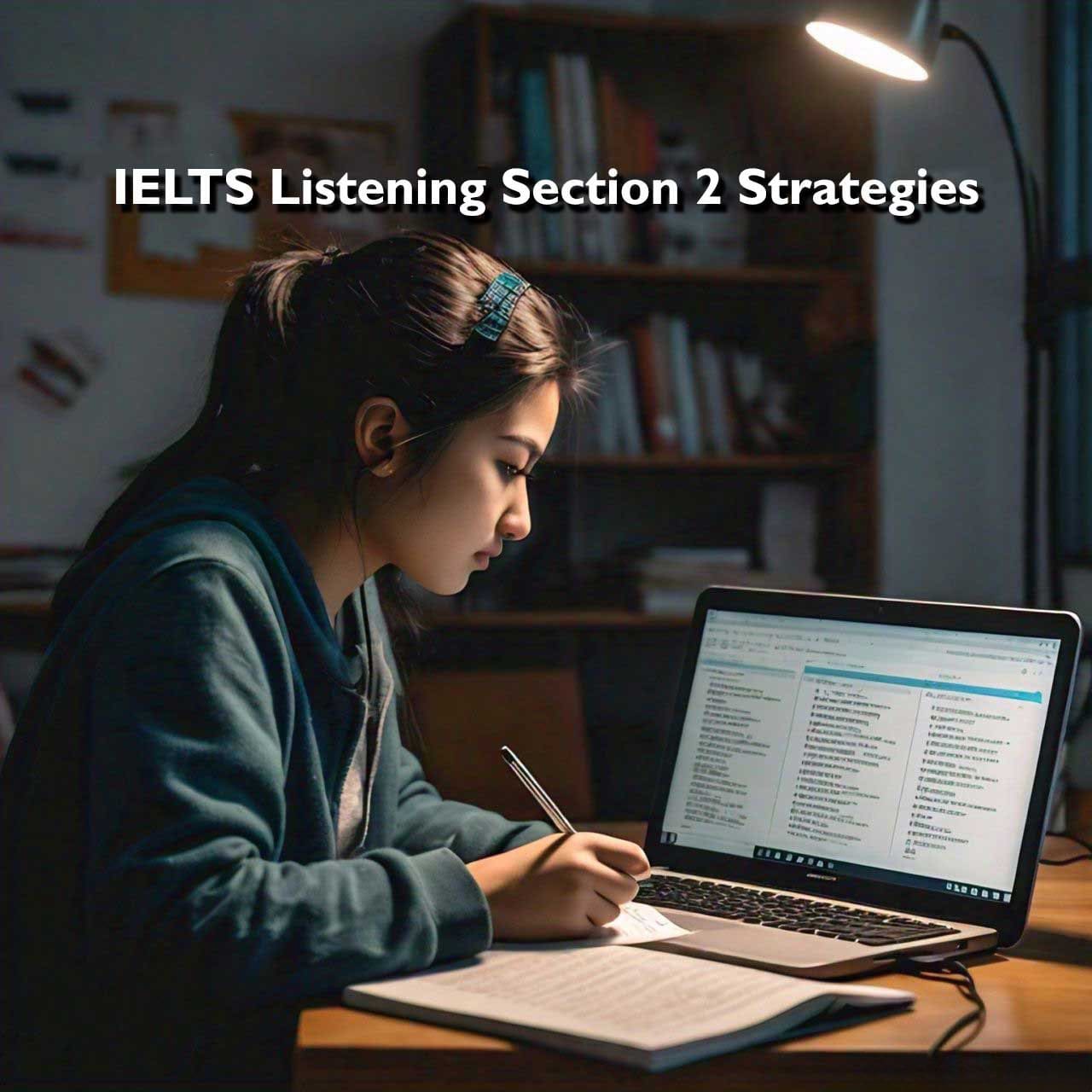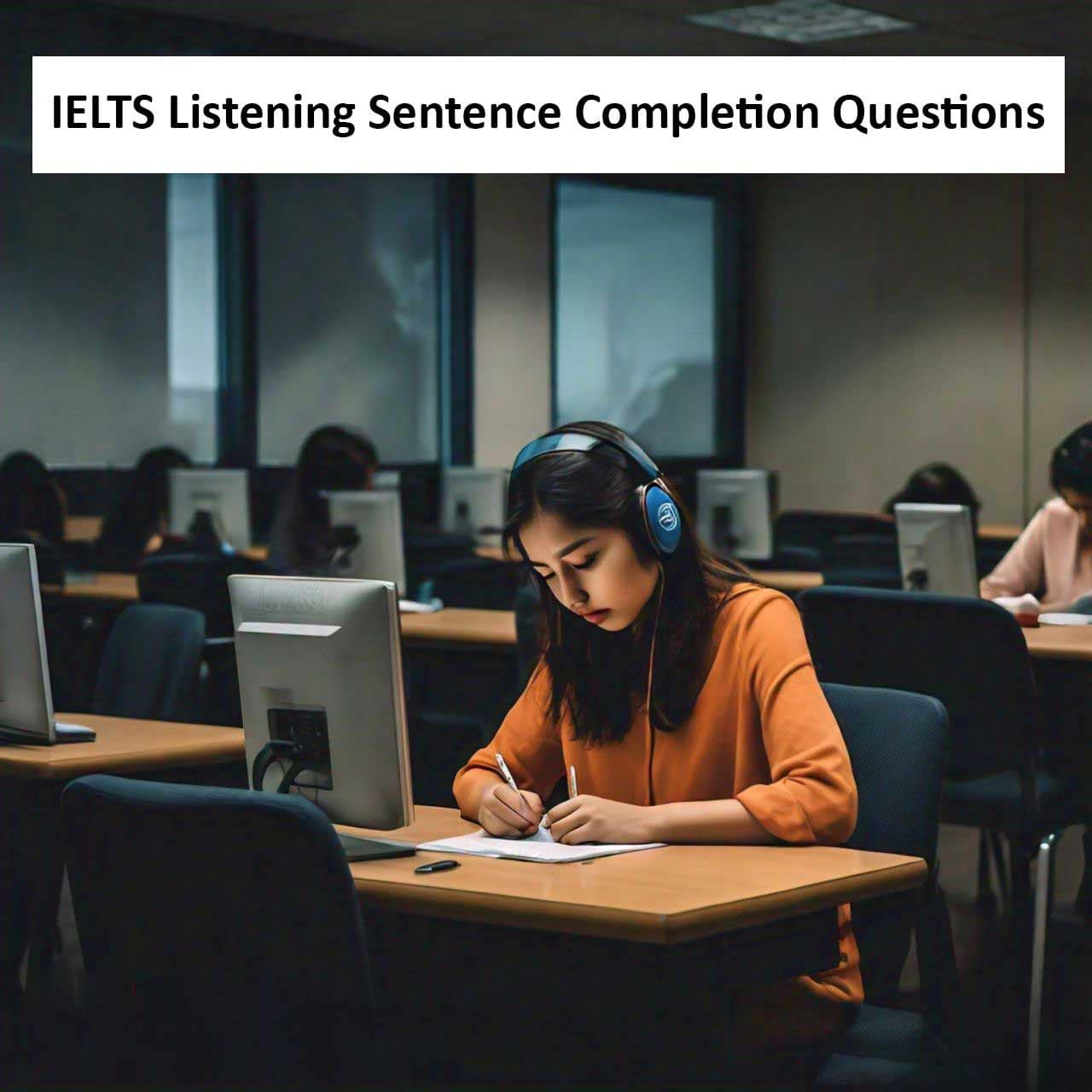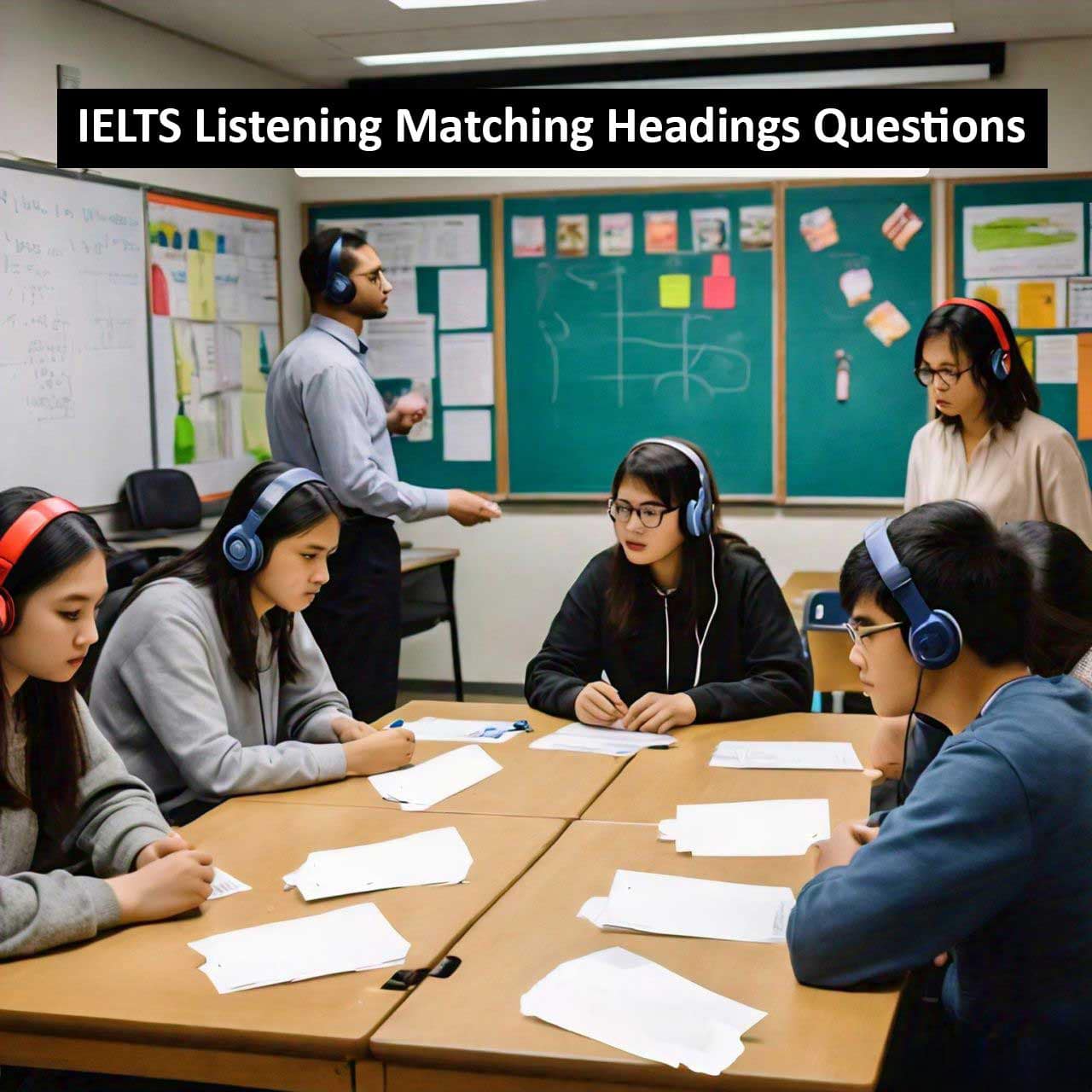The IELTS Listening module tests your ability to understand spoken English in various contexts. It consists of four sections, each increasing in difficulty. Section 2, which typically involves a monologue on a general topic, is a crucial part of the listening test. This blog post will provide an overview of Section 2 and offer strategies to help you perform your best.
Table of Contents
Overview of IELTS Listening Section 2
In Section 2 of the IELTS Listening test, you will listen to a single speaker talking about a non-academic topic. The speaker might be giving information or instructions, such as explaining a community event, providing directions, or discussing a public service announcement. This section lasts around 4-5 minutes and contains 10 questions.
Common Question Types
1. Multiple Choice: You will choose the correct answer from three or four options.
2. Matching: You will match a list of items from the listening text to a set of options.
3. Plan/Map/Diagram Labeling: You will label a plan, map, or diagram based on the information you hear.
4. Note/Table/Flow-Chart/Summary Completion: You will complete notes, tables, flow-charts, or summaries with the missing information.
5. Short-Answer Questions: You will write a brief answer to a question using information from the listening text.
Strategies for Success
1. Read the Instructions Carefully: Always start by reading the instructions for each question type. Pay attention to the word limit for short-answer questions and summary completions.
2. Preview the Questions: Before the recording begins, quickly skim through the questions. This will help you understand what information you need to listen for. Underline keywords in the questions to help you focus.
3. Focus on Keywords: While listening, pay attention to keywords and phrases that match the information in the questions. These keywords often include names, dates, places, and specific terms related to the topic.
4. Understand the Context: Grasping the context of the monologue can help you predict the kind of information that will be discussed. Knowing the general topic can guide your listening and help you anticipate what the speaker might say next.
5. Use Predictive Skills: Based on the questions, try to predict the type of information you will need to listen for. For example, if a question asks about the time of an event, listen for time-related words.
6. Listen for Synonyms and Paraphrasing: The speaker may use different words or phrases than those in the questions. Be prepared to recognize synonyms and paraphrased information.
7. Follow the Structure: The monologue is usually structured logically. Pay attention to signposting words that indicate the structure, such as “firstly,” “next,” “in addition,” and “finally.” These can help you follow the flow of information.
8. Note-Taking: Practice taking brief, effective notes while listening. Note down key points, numbers, and any information that stands out. This can help you remember details when answering questions.
9. Stay Calm and Focused: It’s crucial to remain calm and attentive throughout the listening test. If you miss an answer, don’t panic. Move on to the next question and try to catch up. You can always come back to the missed question if you have time.
10. Practice Regularly: Familiarize yourself with the format and types of questions by practicing with IELTS listening exercises and past papers. The more you practice, the more confident and efficient you will become.
Example Practice
To illustrate these strategies, let’s look at an example:
Question Example:
You hear a speaker giving information about a local park. Answer the following questions.
1. What time does the park open on weekends?
2. What is the phone number for booking the tennis courts?
3. Which days are the guided tours available?
Strategy Application:
1. Preview the Questions: Skim the questions and note that you need to listen for times, a phone number, and days of the week.
2. Focus on Keywords: Keywords include “park open on weekends,” “phone number,” and “guided tours available.”
3. Predict the Information: Expect to hear specific times, a phone number, and days of the week mentioned in the monologue.
4. Listen for Synonyms and Paraphrasing: The speaker might say “The park opens at 8 a.m. on Saturdays and Sundays,” instead of “weekends.”
5. Take Notes: Jot down the relevant times, numbers, and days as you hear them.
Conclusion
Section 2 of the IELTS Listening test requires careful preparation and focused listening. By reading instructions carefully, previewing questions, focusing on keywords, understanding the context, using predictive skills, recognizing synonyms, following the structure, taking effective notes, staying calm, and practicing regularly, you can maximize your performance. Remember, practice makes perfect, and the more familiar you are with the test format and question types, the more confident you will be on test day. Good luck!



